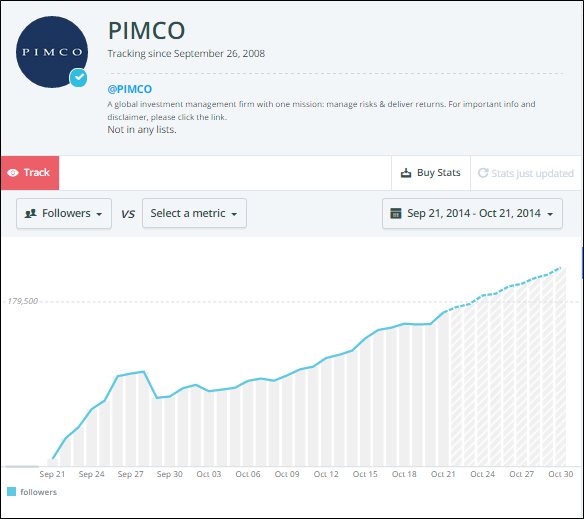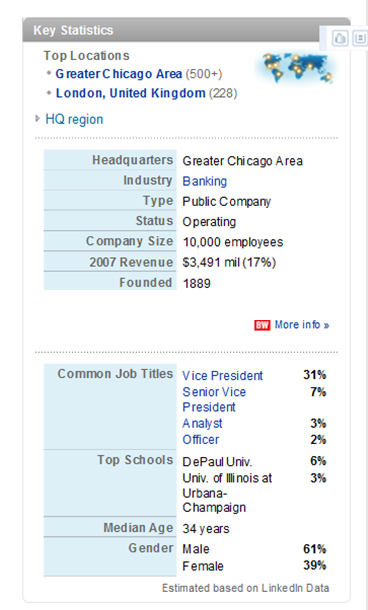Content, Deep Linking And Marketing Tools—6 Recent SlideShare Faves
/ TweetJust because SlideShare isn't one of those needy (as in follow me, RT me) content sharing platforms, that doesn’t mean you should overlook it, either for research or for sharing your own firm’s work.
What follows is a random collection of six SlideShares (if that’s a thing) that I’ve been liking lately.
What Content Costs
Are you planning 2015 or a content strategy, in particular? This "2015 B2B Content Marketing Benchmarks, Budgets and Trends" report from Content Marketing Institute and MarketingProfs will save you time and enlighten. I sometimes find as much value in the questions being asked as I do in the data.
Don't miss the graph on page 15, which shows B2B metrics for content marketing success. Website traffic may still hold the top spot but note the prominence of three sales-related metrics. Increasingly, marketers are linking what they do in content marketing to sales results.
from
How Your App Content Gets Discovered
Search engine search of app content has to be of interest to any mutual fund or exchange-traded fund (ETF) marketer—most fund company apps are loaded with rich keyword content that deserves to be found. Enter "Deep Linking—A Fundamental Change In The Mobile App Ecosystem."
This Growth Hackers deck is a solid presentation of the case for deep linking, how to implement it and best practices. It's a terrific guide, even if you take one look and pass it on to your development team.
Deep linking - a fundamental change in the mobile app ecosystem
from
Rebel At Work
Well, sure, I’ll admit that I came for the title of the presentation but I stayed for the content in this "Rocking The Boat Without Falling Out" deck from Rebels At Work.
If there’s anybody who’s perfectly positioned to be a rebel in an asset management firm, it’s the digital and social marketer. Your job is to be disruptive in the name of communications progress.
This isn’t as designed as some of the other decks but the message is spot-on.
Rocking the boat without falling out
from
For Your Toolbox
You may know 89 of these 127 marketing tools but there are quite a few gems in this deck. From TrackMaven, it's organized in 14 categories that include SEO, social, data and interactions and productivity.
This deck and a browser ready to open multiple tabs is all I need for my idea of the perfect Saturday night.
The Huge List of 127 Marketing Tools (+11 Bonus Sales Tools!)
from
But Then Again, You Probably Knew That
From the Beatings Will Continue Until Morale Improves School of Humor comes "20 Signs You're Probably Not Working For a Social Business." To be precise, the deck was created by Paul Bromford, an innovation coach at Bromford Lab in the UK.
I suspect that you will join me in chuckling at a few of these. Or, to quote another poster, misery loves company. (Just kidding—see Rebel At Work above).
20 Signs You're Probably Not Working For a Social Business
from
How To Do This At Home/Work
Did you know that there’s a trick to creating presentations for uploading to SlideShare? If you’re thinking about the platform as a way to extend your firm’s reach, you’ll want to check out this post by Dave Paradi, presentation expert, author and consultant at ThinkOutsideTheSlide.com. Better yet, see the SlideShare.


















